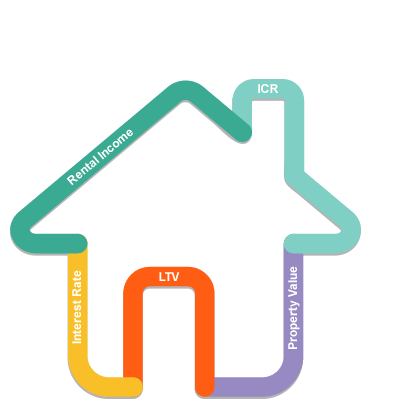strongly suggest that you both work on an extended  project together to ensure that this person is someone you should be committing to for the lifespan of your app. GO OUT TO DINNER. Make sure you can hang out and talk about what both
project together to ensure that this person is someone you should be committing to for the lifespan of your app. GO OUT TO DINNER. Make sure you can hang out and talk about what both
He knew that he needed the perfect person to take the reins as the chief operating officer and transform Facebook from a startup to a well-oiled Internet goliath
your visions are for the future of the company. Do you both want to build a billion-dollar app? Are you both interested in building a company with hundreds of people? Are you both willing to work nights and weekends for a year to realise your dream? Or is this person a fair-weather entrepreneur? Talk about the hardest things you’ve worked on before. Talk about perseverance and stamina. If at this stage your visions are not 100 per cent aligned, there is very little chance it will work. A great example of this approach was when Mark Zuckerberg was ‘interview-dating’ Sheryl Sandberg for the number-two position at Facebook. While other people were involved in the founding of Facebook, Zuckerberg was without any doubt the one driving the bus for the first few years. It was clear he needed the equivalent of a cofounder – a leader and manager (and adult) – to help him take the company to the next level. Since there was so much at stake with this role, he needed to make sure he was making the right decision. Over a number of weeks, he would meet Sandberg on a regular basis – at his own house, where he would cook dinner, and also at Sheryl’s place, where they would philosophise about the vision of where Facebook should go. While Sheryl had a close-to-ideal CV, Zuckerberg needed to know that she shared his vision, that their communication style would work and that they clicked. CREATE A PROOF OF CONCEPT TOGETHER. Another great way to verify that you
It was not a rushed process, and, most importantly, it would be ‘right’ only if they both wanted to do it
have cofounder chemistry is to work on something very concrete together. So take your cofounder for a test drive. Sit down over the course of a few weekends and work on a proof of concept for your app. Start flushing out all the features of your app: the business model, the target users, how you will home in on your first thousand. Work through all the details together and see how it goes. Were you productive? Did you argue? How did you resolve the issues you didn’t agree on? Did you both maintain interest and dedication to the task? Or did you both just lose interest? Setting a clear and simple goal
and trying to deliver it together shows how committed you both are. This is precisely the process that I went through with Stephen when I cofounded WooMe. We set ourselves the task of putting together both a business-plan outline that we would take to a couple of investor friends, as well as a detailed product design. Week in, week out, we met and worked through our plan, split tasks and then delivered what we both promised – and never missed a deadline. When we worked together we set goals and deliverables. We certainly didn’t agree all the time – but we did decide that arguments should be solved by data and research. That was a constructive and objective way to deal with differing viewpoints. When it came to fundraising, the process was straightforward because we were in agreement and trusted each other. That initial proof of concept turned into a 10-million-user dating website with teams in London and Los Angeles and over $17 million in investment. Red flags It’s also worth mentioning a few cofounder red flags. You’ll most likely come across both people who sound compelling, but who are not, and people you just don’t want to surround yourself with. One of the most amusing types is the ‘expert who wants to charge you fees upfront’. At first these ‘entrepreneurs’ or ‘advisers’ can appear quite compelling: they seem to have knowledge of the sector and claim close relationships with impressive people and a general sense of knowing what’s hot. They get very excited about your idea and start suggesting a number of ways they can help you. At this point they start talking about people they have either helped to secure funds or introduced to investors, or exits they have facilitated. They start giving you the sales pitch. And then they mention that it would be worth booking a session, or an appointment, and figuring out how you can formalise a partnership or working agreement. At this point alarm bells should sound. Here’s the rub: the real movers and shakers in the Internet world are more than happy to help you for free. People in the know will always help you – but typically they will do that only if they think you’re a person with the skill and motivation to make your company work, or if they genuinely think that you have a solid, unique idea that is worthy of further development. Another type of interesting person I have come across a number of times now, and am seeing more often, is the professional business adviser or coach. This person seems to be quite credible – they often have a website, a big network of other business coaches and advisers – and usually have a couple of


Leave a Reply